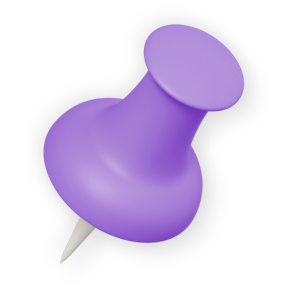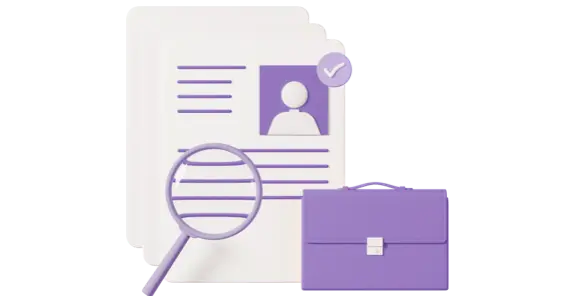Product designer
You’d create the look and feel of items that people use every day. Could you make the next big, sustainable product?

About the job
What it's like
You’d create the look and feel of items that people use every day. You’d find out what the manufacturers want to make, then research the idea and use your creativity to develop a design.
You'd usually specialise in a particular product type, based on your training or experience. You could design completely new products or work on existing products.
For example, you could design mobile phones and home appliances, or larger products such as cars.
You’d make sure the item is attractive, efficient and easy to use. You’d also need to ensure it is cost-effective to make.
You may also be asked to ensure products you design are sustainable, long-lasting and easy to repair – using materials that can be reused and recycled in the circular economy.
Your tasks might include:
taking details of what the client needs, known as the 'brief'
developing ideas and making initial sketches
deciding on suitable materials
using computer design software to produce detailed final drawings or 3D models
making samples or working models
testing the design to identify problems
finding solutions for any problems
At all stages, you'd work with skilled colleagues like engineers and model-makers. It'd be important to understand different materials and production methods.
As well as designing, you'd also take part in meetings and presentations. You might put together bids and proposals for new work.
Green job
In this job you could be doing work to help the environment. You could:
make sure products are sustainable, long-lasting and easy to repair
use materials that are reuseable and recyclable, contributing to a circular economy

Hours
You'd usually work from 9am to 5pm, but might have to do longer hours to meet deadlines.

Environment
Although you'd be based in a studio, office or workshop, you could also spend time in the factory where the items you design are made.
Explore more information about this job
Here are some useful links to learn more about this career:
Like the sound of this career?
Browse courses in Scotland related to 'Product designer'
Select qualification level(s)
Other careers that you might like
Costume designer Fashion designer Furniture designer Interior designer Jewellery designer Set designer Textile designer
Related industries
Many jobs can be done in lots of different industries. We've highlighted the ones we think are most important for this job.
Creative
Top skills
Skills are things you're good at. Whether you know what yours are or not, everyone has them!
It's useful to learn which ones are important in a job so you know the areas you need to brush up on. It can also help you work out if you're suited to a career.
Top specialised skills
These are the top specialised skills that have been found in job vacancies across Scotland. From March 2024 to March 2025.
- product design
- figma (design software)
- user research
- design thinking
- sitemaps (xml)
- user journey mapping
- ui/ux wireframing
- framer
- zoom rooms
- figjam (software)
Meta skills
Here are some of the meta skills you'll need to do this job.
- understanding
- developing a plan
- working with numbers
- problem solving
- designing
- creative
- working with technology
- cooperating

Your skills are important
Our unique skillsets are what make us stand out from the crowd. Learn about each skill in depth and discover what employers look for in your applications and interviews.
Getting in
Explore each section to find more information about getting into this career.
Colleges and universities will list subjects you'll need for entry to a course. Some useful subjects include:
Art and Design
Art and Design (Expressive)
Design and Manufacture
Engineering Science
Graphic Communication
Practical Craft Skills
Skills for Work: Engineering Skills
You'd need an honours degree in either:
Product Design
Product Design Engineering
Or another design course with options in product design.
You could get this job through a Modern Apprenticeship in Design.
You can enter Product Design or 3D Design National Certificate courses with two National 5 qualifications.
You can enter Higher National Certificate or Higher National Diploma courses with National 4/5 qualifications and one to two Highers or equivalent qualifications.
Entry to a degree requires National 5 qualifications and a minimum of three Highers or a relevant HNC/HND. For entry to engineering degrees you usually need four to five Highers including maths and science/technologies subject.
Qualifications that demonstrate creative, digital and visual communication skills such as Skills for Work Creative Digital Media or Creative Industries.
Work-based qualifications such as a Diploma in Creative and Digital Media.
A portfolio of your work when applying to courses and to jobs.
Find the right course for you
Browse courses in Scotland related to 'Product designer'
